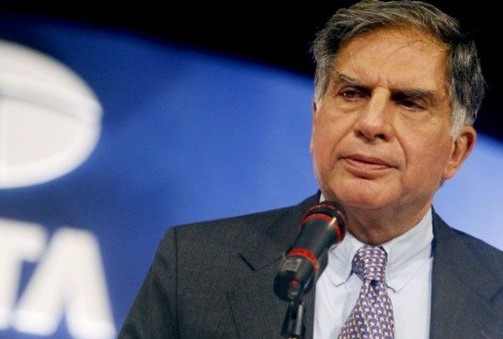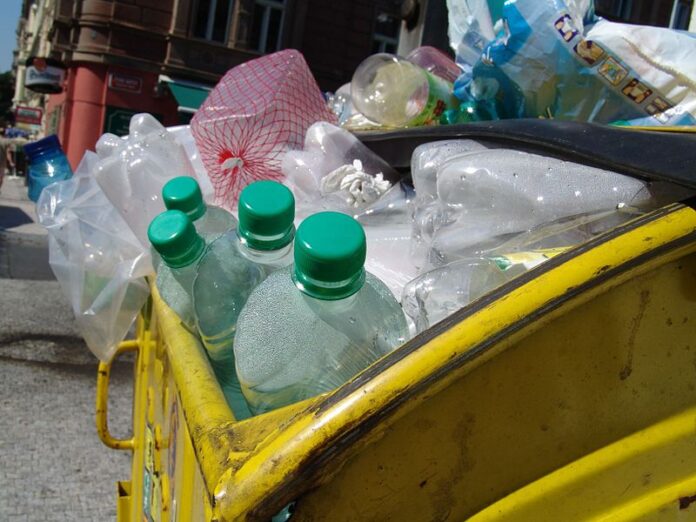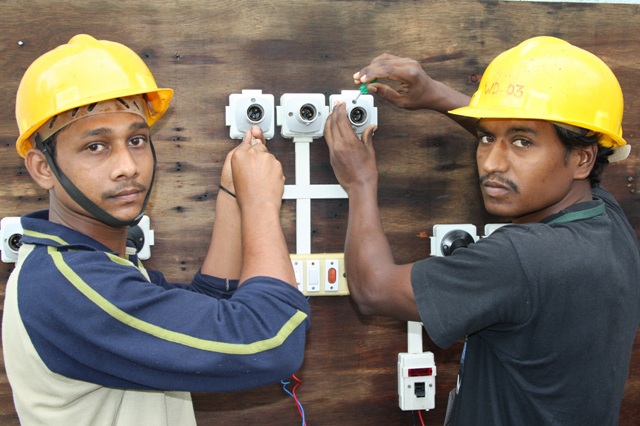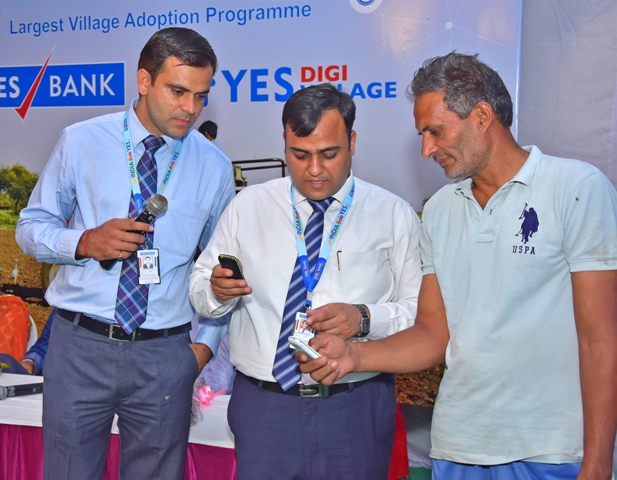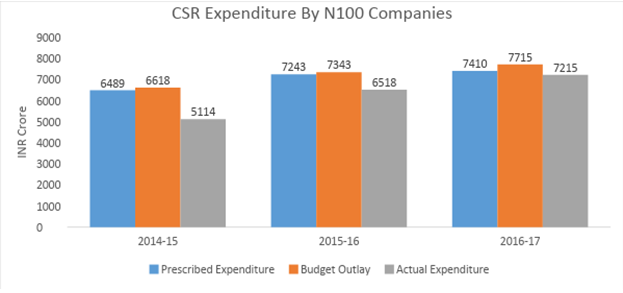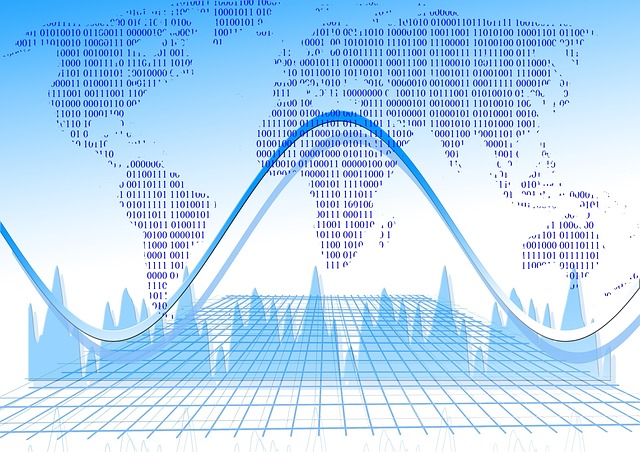The stomach is an often-neglected organ, yet our temperament and our mental powers largely depend on it. A happy stomach produces a happy disposition. A sour stomach produces a sour disposition.
As with every part of the living machinery there are laws that govern the stomach. Adhering to these laws ensures that the stomach works well and this in turn affects the whole of this living organism.
The five areas we have control over with the stomach concerns the gateway of the stomach: the mouth.
1. Watch what goes in
Raw food is live food and thus it is full of enzymes. Because of this, it is digested easily and quickly in the stomach. Cooked food is also an important part of the diet as the cooking process breaks down the starches and phytic acid in many foods such as grains and legumes, making them more digestible. Sprouting and culturing also can do this.
Cooked food takes longer to digest than raw food and so it is advisable to always begin your meal with raw food. This stimulates the digestive enzymes well and prepares them for the cooked grub. It also allows the raw food to digest and pass through the stomach without being delayed by the cooked food, which has a slower passage.
The food requiring the least preparation is the food to eat largely and the food requiring the most preparation is the food to eat less of.
Keep fruit and vegetables separate. Have fruit at one meal and vegetables at the next. Fruits and vegetables require different enzymes to break them down. If eaten together they can create a ‘war’ in the stomach.
Water should be drunk between meals and not with meals. If liquid is taken with meals, the digestive enzymes are diluted and thus are unable to break down the food effectively. Digestion is a chemical process and water slows down all chemical processes.
Avoid putting articles into the stomach that would irritate or weaken it. Foods that weaken and irritate the stomach lining are: alcohol, sugar, MSG, caffeine, chilies, cloves, fried foods, tobacco and marijuana smoke.
Food that has been cooked and kept more than 24 hours, such as old, devitalized food is detrimental. Grains and legumes that have not been thoroughly cooked are also inhibitors to digestion.
2. Observe when it goes in
Be consistent. We are creatures that run according to cycles and the stomach is no exception. It loves to eat at the same time every day.
The stomach is better prepared for a large meal at breakfast than at any other time of the day. We should eat breakfast like a king, lunch like a queen, tea like a pauper.
When we lie down to sleep, the stomach should have its work all done, that it, as well as the other organs of the body, may enjoy rest.
At least five or six hours should intervene between meals and most people will find two meals are better than three. Some people, because of the demands of work or home situations, require a third meal. If this is the case, it should be taken early and be the lightest meal of the day. Digestion slows down after 7pm at night.
Digestion can be likened to an explosion on the human body as it takes an enormous amount of blood and energy to digest food. Food averages three to four hours to digest. If this process is interrupted, the stomach once again has problems breaking the food down properly.
A common but detrimental practice is to eat every two or three hours; when this happens, the stomach is required to cease from digesting and go to the new comer. Thus digestion is delayed and the food that is neglected begins to ferment.
All the digestive enzymes are depleted after digestion and so a period of rest is needed between meals for the stomach to replace supplies.
3. How long does food stay in the mouth?
You may have heard the wise old saying ‘We should chew our drink and drink our food.’ This means that we should keep our fluids in our mouths, or ‘chew’ them a few seconds before swallowing so that the fluid is warmed before entering the stomach.
If you are juicing, this allows the salivary enzymes to mix with the juice so that the very small amount of digestion that is required for juices happens thoroughly and quickly.
The meaning of this saying when applied to food is that we should chew our food until it is almost a liquid. This not only makes digestion easier for the stomach because the food is broken up into tinier pieces, causing a larger surface area for digestive enzymes to work on, but it allows for the starch enzyme, ptylin, to begin breaking down the starch in the mouth.
In short, chew, chew, chew.
4. How much food goes in?
Even organic, properly prepared food can turn to poison if too much is taken into the stomach at one time. As several small meals a day weakens the stomach by retarding proper digestion, so overeating twice a day also retards digestion by overloading the stomach. 1.5-2 litres is the maximum amount that the average human stomach can safely hold. Any more places a burden on the stomach.
5. Change the environment
Meal times should be happy times. The stomach is closely related to the brain. Discuss no controversial issues at the dinner table.
If little children are removed from the table every time they make a fuss, they quickly learn to behave at meal times.
It is a good idea to only eat lightly or have a juice instead of a meal if you are anxious. Digestion is retarded when the human machinery is stressed.
Do not feel hurried, but eat slowly with cheerfulness.
Gentle exercise like walking, or light domestic duties after meal aids digestion. Strenuous physical exercise retards digestion by pulling away blood from the stomach to the muscles that are being used. Depletion of blood supply retards digestion.
Posture. The back should be straight and the shoulders back which enables the stomach to perform its work digestion without being cramped.
This article has been issued in public interest as part of a series on natural healing.





